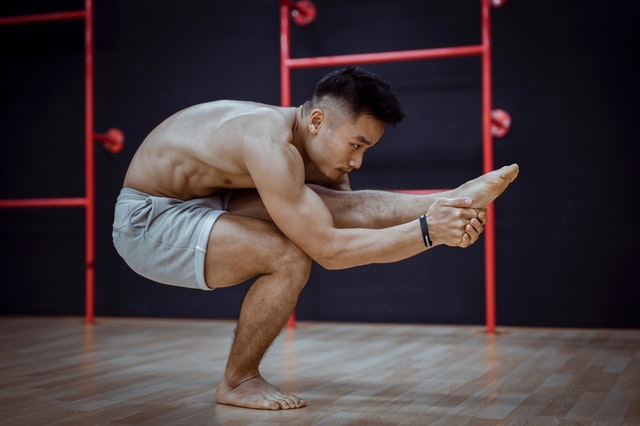With the advancement, Big Power Yoga poses have become one of the most popular ways to exercise. The world is filled with Down Dogging yogis who are discovering that the ancient tradition is rewarded for both body and soul. But some people need a little more sunburn from their exercise routines, and that’s where the power of yoga comes in.
It is not limited to only one yoga pose. A popular form of mind-soul and body exercise has many different varieties, each with its own discipline, purpose, and goals. Big Power yoga, for example, is especially to improve muscle strength and cardiovascular endurance.
Poses are difficult, and you switch quickly from one posture to another. It provides an excellent physical workout, and unlike other styles of yoga which follow the same set of yoga power poses every time, power yoga classes are rarely the same. This article will require a more in-depth look at Big power yoga, its advantages, possible disadvantages, and how to get started.
Definition

Power yoga is a term that originated in the 90s. It is a western concept that is a variation of Ashtanga yoga. The practice is energetic and increases the heart rate. Big Power yoga involves rapid, synchronized movements with controlled breathing. It is an intense workout that combines the mind and the body.
Big Power yoga is not an “official” kind of yoga. It’s more relatable to an adapted version of Vinyasa yoga that focuses on building your strength and endurance.
Big Power yoga involves rapid, synchronized movements with controlled breathing. It’s an intense workout that brings mind and body together. It increases endurance, tolerance, strength, and stability. Power yoga postures are performed one by one without interruption at a speed that challenges your strength.
Big Power yoga now has different formats. However, the original power yoga was developed and founded by Beryl Bender Birch. The core of the practice, however, remains the same. It is essentially a dynamic movement based on the breath that has a particular flow in practice.
In Big power yoga, you quickly enter and exit poses by lifting and maintaining your entire body weight as you do it. People also look for power yoga poses for flat stomachs and Power yoga poses for weight loss. Big Power yoga keeps you mentally and physically fit. In addition, it allows you to remain aware of your spiritual side.
However, it may not be for everyone, as the poses can be challenging. So, if you’re more used to flows or gentle stretching, so be prepared to feel the burn. Power Yoga offers you complete physical training.
How is it Different from Other Types of Yoga?
Power yoga differs from the other types of yoga in some important ways. Let’s glare a closer look at these differences.
Same Power Yoga Poses in Different Sequence
Vinyasa or Power yoga uses many of the same poses as Ashtanga yoga, however, not always in the same order. Ashtanga Yoga is a very precise exercise. Each pose is performed in the same order, regardless of who is leading the class. On the other hand, the courses follow an order defined by the instructor or by the individual if you are alone. There is more variability and less structure with power yoga.
Faster Pace and Speed
Unlike Hatha yoga, the most popular form of yoga in the United States, power yoga moves at a much faster pace. Hatha yoga focuses on breathing and poses at a slower and more deliberate pace than power yoga. The slower the speed of Hatha yoga and other forms of yoga that provide a more restorative experience do not provide the same benefits of cardiovascular exercise as power yoga.
Flow
One of the main differences between Vinyasa and Hatha or power yoga is flow. Power yoga emphasizes moving from one pose to another, exhaling when you change position. Hatha yoga is less about the flow of poses and more about achieving the right posture with each pose.
Fit Into Other Types of Yoga
There are key differences between Big power yoga and the more traditional varieties.
Power Yoga vs. Hatha Yoga
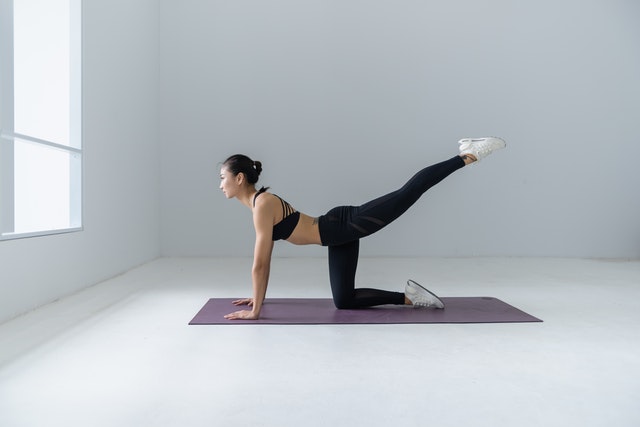
It is a common misconception that Hatha yoga is its own type of yoga. It is actually an umbrella term that includes all physical yoga practices including Vinyasa, Ashtanga, and many more. Hatha yoga tries to maintain the body and the mind, keeping it in a harmony.
Hatha yoga classes usually combine physical postures with breathing techniques and meditations. Power yoga tends to deflect the meditative aspects of Hatha and go straight to Chaturanga push-ups. Some people just prefer to do the exercises without getting too much into the spiritual side of yoga. Very well then! Whatever floats your proverbial boat.
Power Yoga vs. Vinyasa
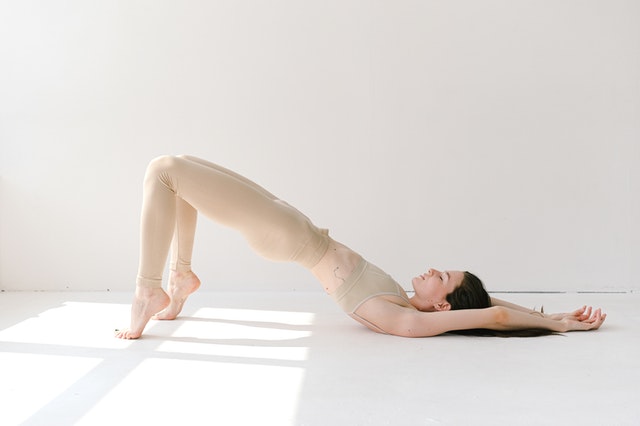
Vinyasa yoga, also known as Vinyasa flow, is a type of yoga that combines different power yoga postures in a seamless transition. The emphasis is on how movements connect to each other, using breath control to move from posture to posture. It comes from the earliest period of yoga, which literally dates back thousands of years. But it has been adapted to meet the demands of a modern lifestyle.
Power yoga was created as a modified kind of Ashtanga yoga, itself a popular form of “yoga as exercise practice” developed in the 20th century. Although you find many of the same poses, the goal is completely different. Power yoga is all about embracing training and working out, while Vinyasa yoga has its roots in the traditional, meditative, and ancient practice of Indian yoga.
Benefits of Big Power Yoga Poses
Here are some benefits of Power Yoga poses. Let’s take a closer look at it:
Overall General Health
Big Power yoga is associated with other key indicators of good health, such as Better sleep, a stronger immune system, Improved posture, and balance. In addition, Vinyasa or power yoga can be a useful tool to help smokers quit smoking. People also reported reduced anxiety and improvements in their perceived health and well-being.
Strength
Although a power yoga class is quick, that doesn’t mean you won’t hold any poses for a while. You can hold certain yoga power poses for a minute or more. When you hold your body in a specific position for longer. You can hold some poses for a minute or more.
When you hold your body for a specific position for more than a few seconds, the muscles light up and make them work hard to keep you in the pose. It can increase muscle strength and endurance in many parts of your body.
Cardiovascular Health:
Due to the fast pace and resistance training involved, research shows that power yoga workouts can increase and support heart rate. Increasing your heart rate during exercise helps the body move blood and oxygen to muscles and organs more efficiently. As a result, it can help improve fitness, stamina, and overall health.
Suitability
If you are comfortable in an intense fitness class environment, power yoga may be for you. It can also be a great choice if you are in good physical shape and have a habit of exercising for 60 minutes or more. Familiarizing yourself with other forms of yoga and yoga positions is also helpful.
How to Get Started with Power Yoga Poses?
Once you are ready to dive into power yoga, you will need to find a class. A quick Yahoo or Google search can help, but you can also ask your friends and colleagues for warm advice. If you can’t find “power yoga” on the yoga studio’s website, it might be because it’s labeled Vinyasa flow or Vinyasa. Call the instructor or studio for a quick chat to see if this is right for you. It is best to talk to your doctor if you are recovering from an injury or have any underlying health problems. They can help you determine if power yoga is the right choice for your health goals. Once you’ve found your course, you’re good to go!
Top 7 Big Power Yoga Poses and Workouts
Power yoga is an old technique in a new way that has gained a rapid pace over the past two decades. Although it is still part of traditional yoga, there is variation in the way it is practiced. It’s quick and moves on to the next pose in a flow without any gap or rest. The effort is strong and vigorous. Here are top Power Yoga Workouts:
1. Boat Pose – Power Yoga Poses
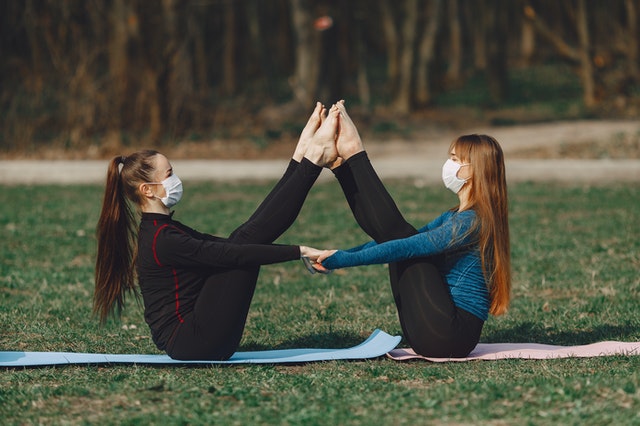
Boat Pose or Paripurna Navasana forms a “V” similar to that of a boat. It is an intermediate-level Ashtanga yoga asana. Practice it in the morning or evening with an empty stomach and with a clean bowel. Hold the posture for 10-60 seconds.
2. Half Moon Pose – Power Yoga Poses
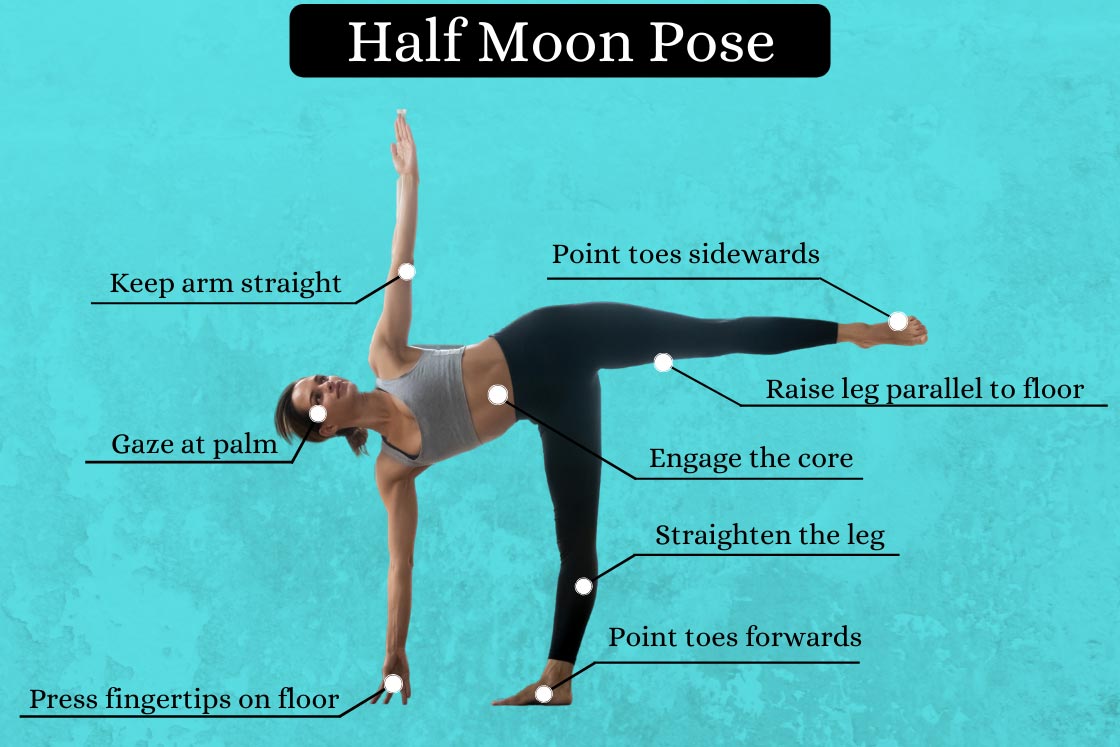
Half Moon Pose or Ardha Chandrasana Pose looks like a half-moon and therefore is called like this. It is a beginner level Hatha yoga asana. Practice it in the morning on an empty stomach. Or in the evening after an interval of 4 to 6 hours since your last meal, hold it for 15 to 30 seconds.
3. Locust Pose – Power Yoga Poses
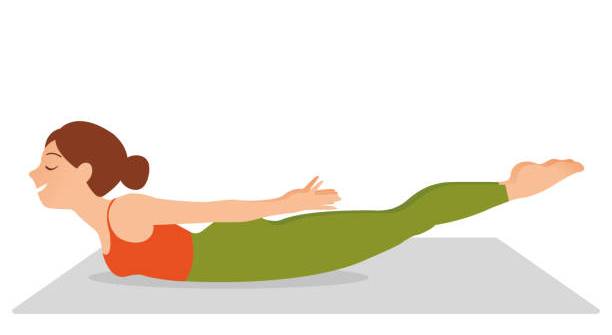
Locust Pose or the Salabhasana pose is a backward turn that looks like a locust. Practice it in the morning or evening on an empty stomach after a 4 to 6-hour break after your last meal. It is a Power yoga poses for beginners. Salabhasana is a beginner-level yoga asana. Hold it for 30 to 60 seconds.
4. Camel Pose
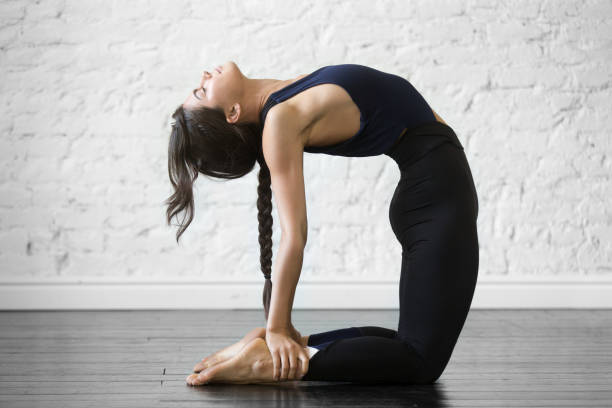
Camel or Ustrasana Pose is a backbend that resembles the position of a camel. It works best when done in the morning on an empty stomach and with a clean bowel. Ustrasana is a beginner level Vinyasa yoga asana. Hold the pose for 30 to 60 seconds.
5. Downward Facing Dog
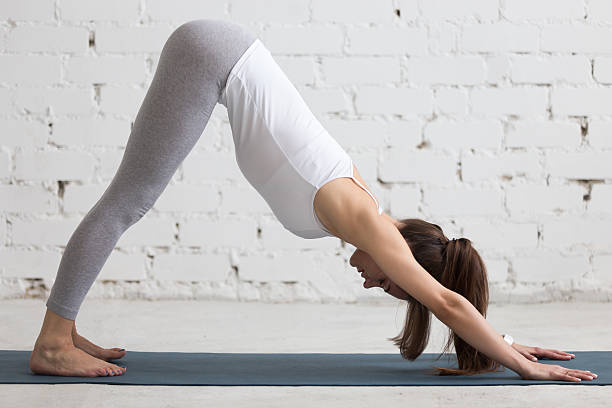
Downward Facing Dog or Adho Mukha Svanasana Pose is an asana that resembles a dog’s posture when it leans forward. Practice it in the morning on an empty stomach and with a clean bowel. That is a beginner-level Ashtanga yoga asana. Hold it for 1-3 minutes.
6. Plank Pose
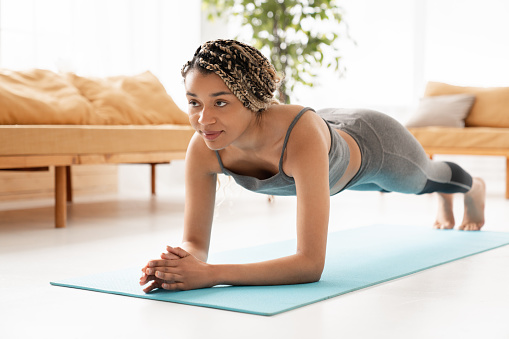
Plank Pose or Chaturanga Dandasana Pose is a plank-shaped asana. Chaturanga means four limbs because the asana requires the support of your four limbs. Practice it in the morning on an empty stomach. That is a beginner level Vinyasa yoga asana. Hold it for 30 to 60 seconds.
7. Chair Pose
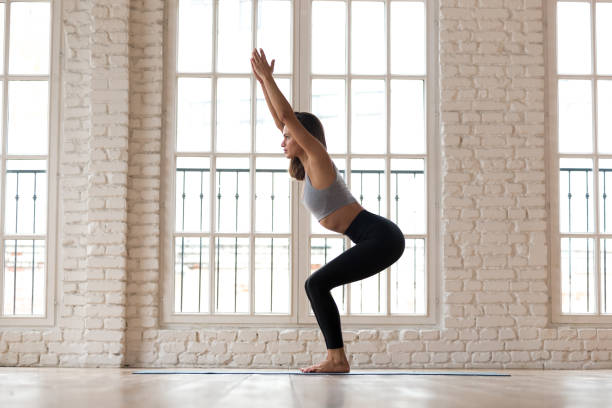
Chair or Utkatasana pose is an asana in which you feel like sitting in an imaginary chair. However, it is not as easy as sitting in an actual chair. Practice asanas in the morning on an empty stomach. That is a beginner level Vinyasa yoga asana. Hold it for 30 to 60 seconds.
